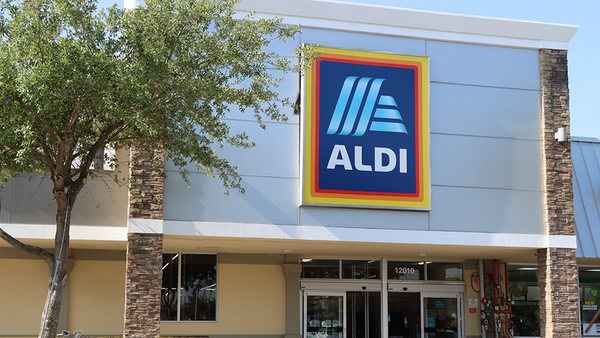Track Company Vulnerability to COVID-19
Revelio Labs has gauged the risk COVID-19 poses to various large companies

There are tremendous uncertainties ahead as the COVID-19 pandemic further infects our society. Major questions remain about how the virus will affect companies. What companies are most at risk in the coming months? And what companies are most prepared for the changes ahead?
In order to understand a company’s vulnerability to the virus, we must first understand in what geographies it operates. However, geographical information of companies is very difficult to find. Companies are not required to report the locations of their workforce and, even companies that do, exclude contingent workers (contractors), which in many companies can compose a large portion of their workforce.
At Revelio Labs, we develop HR database systems to understand the workforces of companies and one specific area of concentration is the geographical distribution of workers.
Sign up for our newsletter
Our weekly data driven newsletter provides in-depth analysis of workforce trends and news, delivered straight to your inbox!
Using this data, we have measured the risk of each company to COVID-19 using two approaches (for a more comprehensive view, please see our full report). The first, measures exposure to the virus. The second, measures a company’s adaptability to changing work conditions.
- First, we take COVID-19 exposure data -- the concentration of cases by countries and states -- and apply these measures to each company, weighting by the shares of employees in each location.
- Second, as workers transition to remote work, especially in high-risk areas, we identify the companies that are most well-suited to adapt to this transition. Many companies are organized around remote work and distributed teams today, which requires custom models of management and employee culture. These companies will be well positioned to deliver without much disruption to their operations. Companies that are organized around colocation, however, will have a much harder time adapting to this changing reality. To identify this distinction at companies, we measure employee concentration using the Theil Index, which is widely used to understand population density, wealth concentration, and even informational redundancy.
Having applied both approaches across all companies, we have created a company score that rates each company’s risk to COVID-19. Most recently, we have distributed the results to our customers and have also begun delivering the results as a standalone product. For your consideration, below are the five most vulnerable companies and five least vulnerable companies that we’ve identified.
HIGH RISK:
#1 Boeing -- 36% of the company’s workforce is based in Washington State, which has the highest exposure to the virus in the US.
#2 Microsoft -- 38% of its workforce is spread among Washington, California, and China, which puts the company at a significantly higher risk.
#3 Ebay -- 31% of its workforce is spread among California, Italy, and China, with 8% alone in Italy.
#4 Qualcomm -- 34% of its workforce is located in California, China, and South Korea. Additionally, Qualcomm is a relatively concentrated company. With most of its workforce in one location, transitioning to remote work could be very difficult.
#5 Morgan Stanley -- 29% of its workforce is in New York alone, which is the second most exposed state in the US. The company is also highly concentrated geographically.
LOW RISK:
#1 Walmart -- Exceptionally well distributed across the United States. With stores located in mostly rural areas that are not currently exposed to the virus, Walmart is uniquely positioned, especially relative to peer companies, to avoid instability.
#2 Pepsico -- While having offices around the world, some in infected areas, the company has an extremely distributed workforce, with no more than 7% in any single location.
#3 AT&T -- With most of the concentration of workforce being in Georgia and Texas, AT&T is currently at low risk of exposure.
#4 Wells Fargo -- Although California based, the company has a large presence (30%) spread across North Carolina, Minnesota, and Texas, all areas that currently have low exposure to the virus.
#5 Ford -- With a highly concentrated workforce in Michigan (29%), Ford is currently at low risk. The company also has 24% of its workforce spread across India, Brazil, UK, and Mexico, which also have very low exposure.
As we continue to monitor this crisis, we will continue to update this data daily for all companies (public and private). If you have any questions, or would like access to Revelio Labs HR database systems on an ongoing basis, please reach out to us at info@reveliolabs.com.


